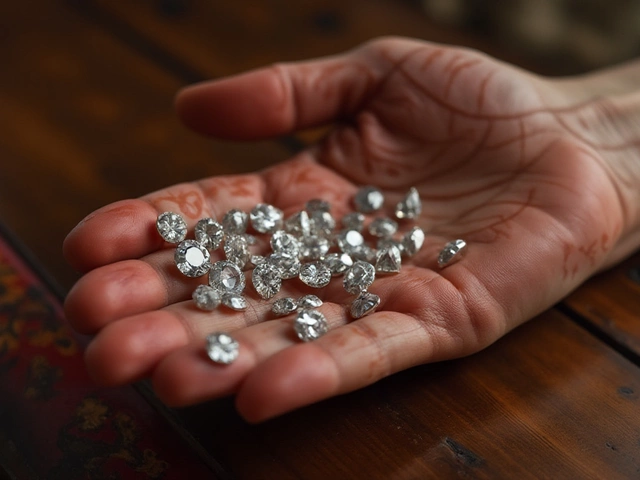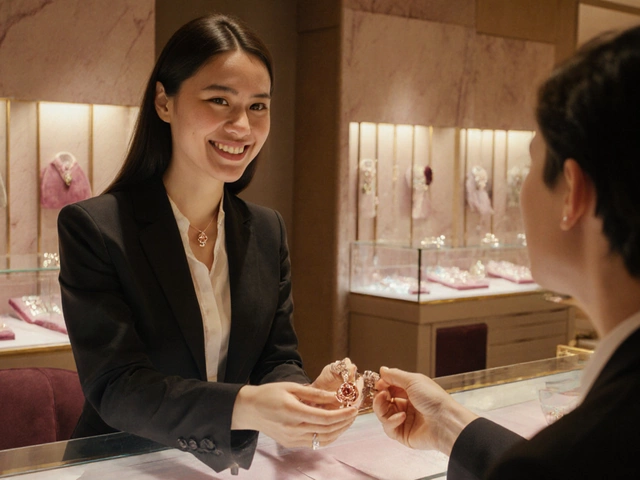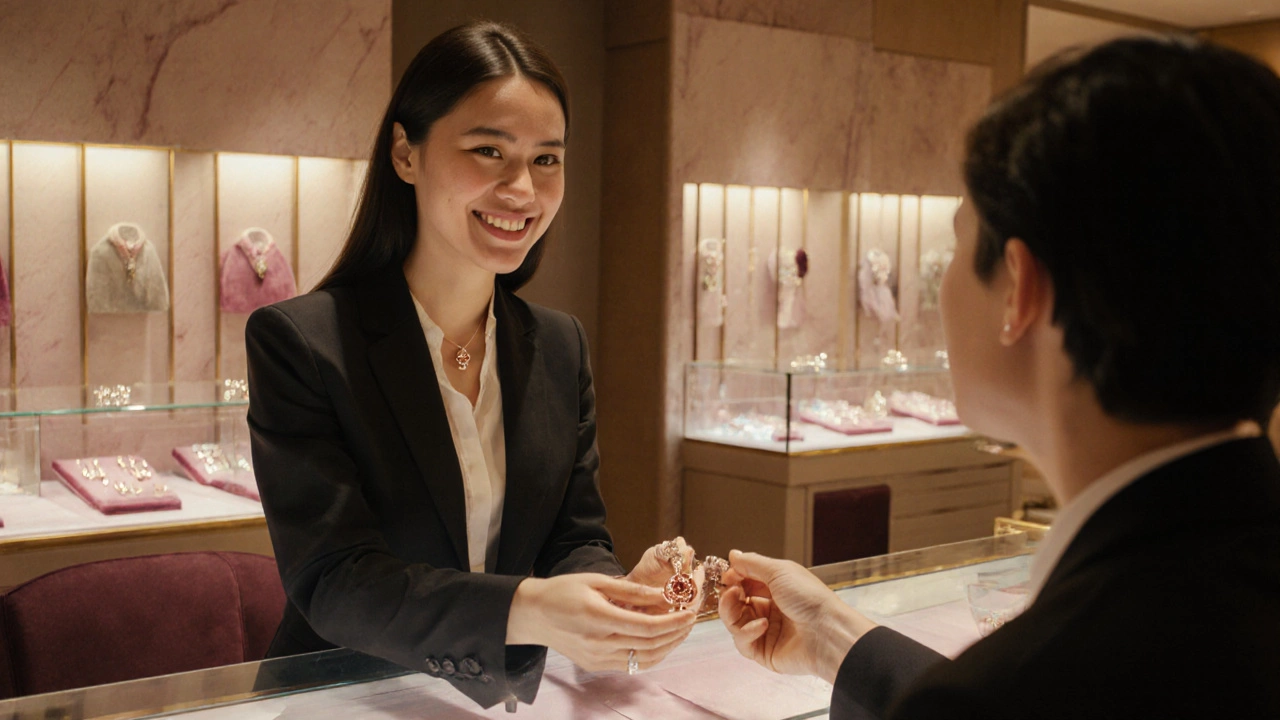
Key Takeaways
- Start with a warm, personalized greeting and a quick value hook.
- Focus on three pillars: material authenticity, craftsmanship story, and the occasion fit.
- Anticipate the top five objections and have ready‑made responses.
- Use open‑ended questions to keep the conversation flowing.
- Close confidently by summarizing benefits and asking for the purchase.
When jewelry is a wearable piece of art crafted from metals, gemstones, and design expertise, the sale is as much about emotion as it is about facts. Whether you’re behind a boutique counter in Edinburgh or chatting with a buyer on an online marketplace, the words you choose can turn a hesitant look into a happy purchase.
Understanding the buyer mindset
Most jewellery shoppers are driven by three core motives:
- Self‑reward or celebration - a birthday, anniversary, or personal milestone.
- Gift giving - they want to convey love, gratitude, or status.
- Investment - they see a piece as a store of value that may appreciate over time.
Grasping which motive applies helps you tailor the language. For a self‑reward, highlight the joy of owning something beautiful. For a gift, focus on symbolism and presentation. For an investment, bring out the rarity and resale potential.
Core elements of a compelling sales pitch
Every effective pitch hits three checkpoints:
- Material authenticity - assure the buyer about the metal purity or gemstone grading.
- Craftsmanship story - share who made the piece, the technique used, and any cultural significance.
- Occasion fit - paint a picture of how the piece elevates the specific event or everyday wear.
Blend facts with emotion, and you’ll have a pitch that feels both credible and compelling.
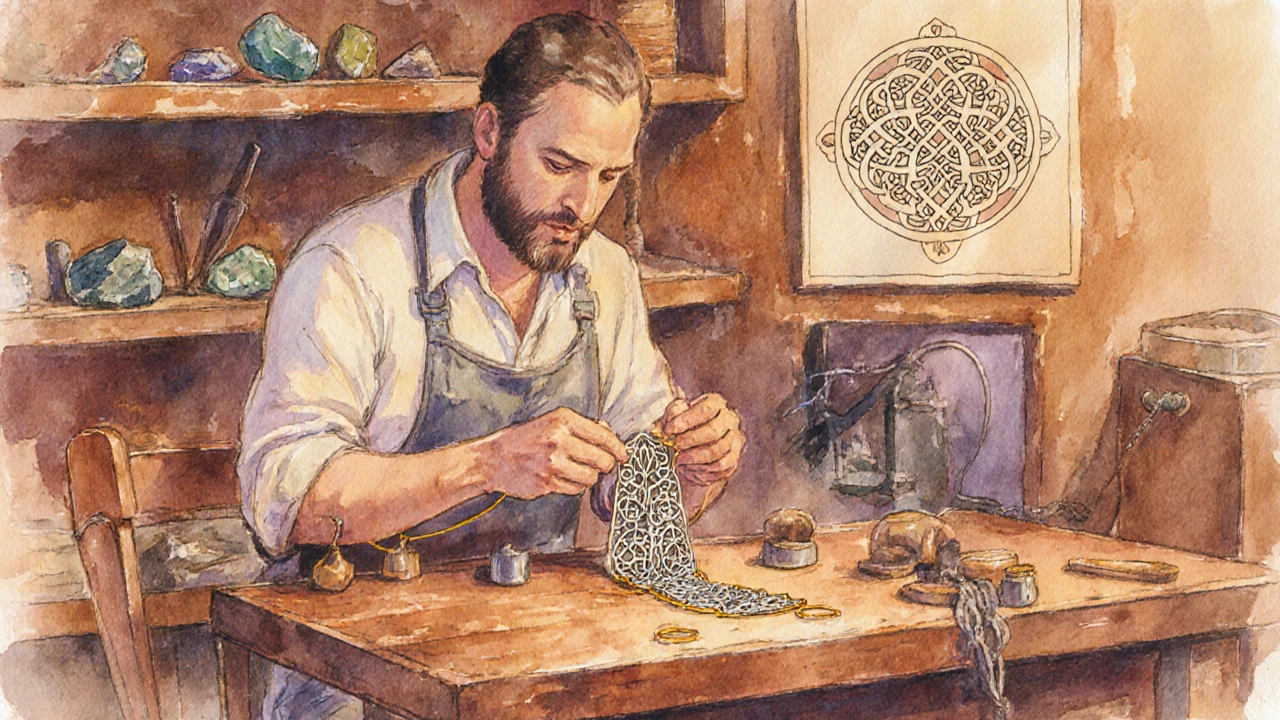
Scripted opening lines
Start strong. Here are three opening templates you can adapt on the spot:
- "Hi, I’m [Your Name]. This gold pendant is hand‑crafted using 18‑carat rose gold, perfect for adding a warm glow to any outfit. What occasion are you shopping for today?"
- "Welcome! This diamond halo ring is set with GIA‑certified stones, delivering timeless sparkle. Are you looking for an engagement piece or something special for yourself?"
- "Good afternoon! Our sapphire‑set earrings feature ethically sourced gems and a design inspired by ancient Celtic motifs. Who will be wearing them?"
Notice each line does three things: greets, introduces a material attribute, and asks an open‑ended question.
Handling common objections
Objections are just opportunities to provide reassurance. Below is a quick reference you can keep on your desk or as a digital note.
| Objection | Response |
|---|---|
| "It’s too expensive." | "I understand budget matters. This piece uses 14‑carat gold, which offers the same durability as higher‑karat options at a better price point. Plus, its timeless design means you’ll wear it for years, making the cost a worthwhile investment." |
| "I’m not sure about the authenticity." | "All our diamonds come with a GIA certificate, confirming cut, color, clarity, and carat weight. We also provide a hallmark stamp on the setting, guaranteeing metal purity." |
| "I want something unique." | "Our design team works with artisans who hand‑carve each gemstone setting, so no two pieces are exactly alike. Let me show you the inspiration behind this particular motif." |
| "I need time to think." | "Absolutely, it’s a special purchase. How about I hold this piece for you for 48 hours while you decide? I’ll also email you the certification and care guide so you have all the info handy." |
| "Will it match other jewelry?" | "Our collection uses a consistent metal finish and design language, so this necklace will seamlessly pair with the bracelets and rings you already own. Let me show you a few style combos." |
Notice each answer flips the concern into a benefit while reinforcing credibility.
Highlighting value: material, craftsmanship, and story
When a buyer is on the fence, dive deeper into three value drivers:
- Material: Mention hallmarks, certifications, and care instructions. Example: "This silver chain is 925‑sterling, verified by a stamp that guarantees 92.5% purity. It’s also rhodium‑plated to prevent tarnish."
- Craftsmanship: Talk about the technique. Example: "Our artisans use the ancient filigree method, threading 0.2mm gold wire for intricate patterns that take up to 30hours per piece."
- Story: Connect the piece to culture or inspiration. Example: "The pendant’s design draws from the Celtic knot, symbolizing eternity-perfect for a wedding gift."
These details turn a product description into a narrative that customers can emotionally buy into.
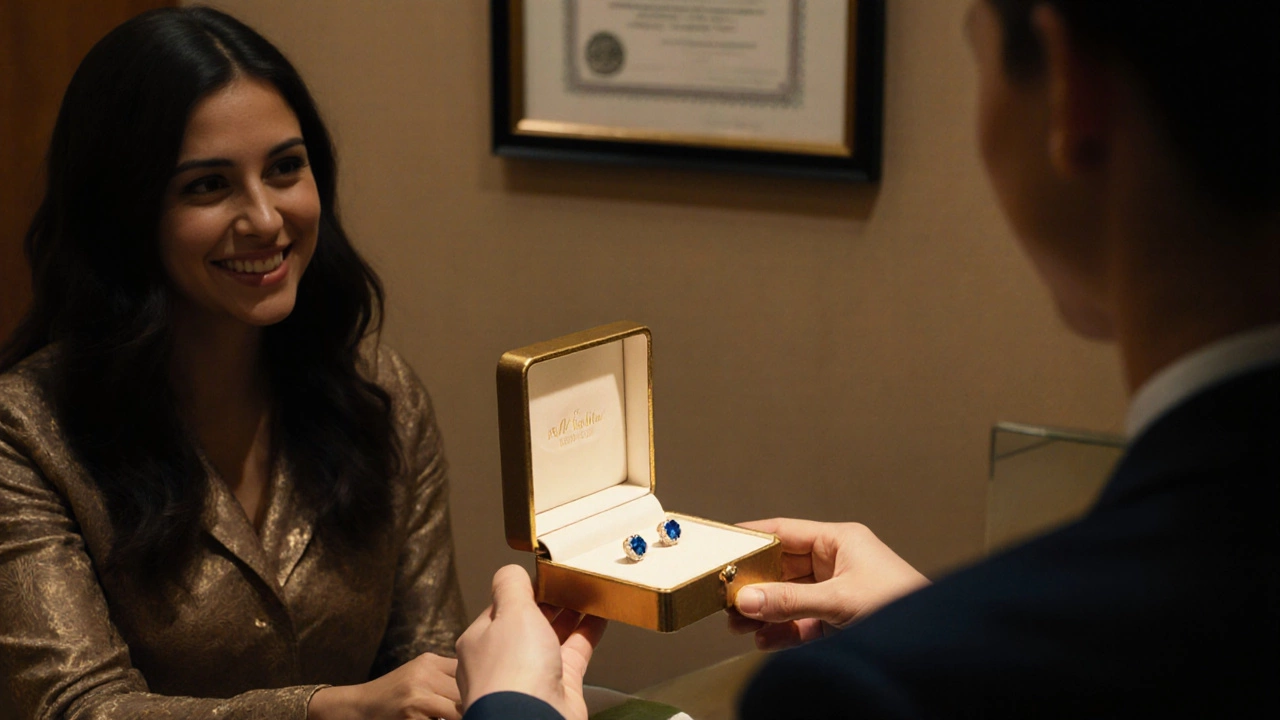
Closing the deal with confidence
After you’ve addressed objections and painted the story, it’s time to ask for the sale. Use a closing phrase that reinforces benefits:
- "Based on what you’ve shared, this piece checks all the boxes for your anniversary celebration. Shall I wrap it for you now?"
- "You’ve mentioned you love the sparkle and the ethical sourcing-this ring covers both. Would you like to take it home today?"
- "Since you’ll be wearing it for years, let’s secure the best price with our today‑only offer. Ready to complete the purchase?"
If the answer is still “maybe,” suggest a limited‑time perk: a free polishing cloth, an extended warranty, or a complimentary engraving. This adds urgency without pressure.
Bonus: upselling and after‑sale service
Once the buyer says yes, a smooth upsell can increase basket value. Offer a matching pair, a care kit, or an upgrade to a higher‑grade stone. Phrase it as a benefit: "Many of our clients who choose this necklace also love the matching bracelet-it creates a coordinated look for special events. I can add it for just £30 more."
Finally, reassure them about post‑purchase support: "We offer a lifetime cleaning service and a 12‑month guarantee against any manufacturing defects. If you ever need assistance, just contact us and we’ll handle it promptly."
Frequently Asked Questions
How can I verify the authenticity of gold or silver jewelry?
Look for hallmark stamps (e.g., 925 for sterling silver, 750 for 18‑carat gold). Ask for a certification or a melt‑test report from a reputable lab. Reputable sellers will provide this documentation without hesitation.
What are the most common reasons shoppers hesitate to buy jewelry?
Price concerns, doubts about authenticity, fear of the piece not matching their style, and uncertainty about after‑sale service. Address each directly with clear facts, stories, and guarantees.
How should I handle a customer who wants a discount?
Offer value instead of a price cut-add a free polishing cloth, complimentary engraving, or an extended warranty. If a discount is possible, frame it as a limited‑time offer tied to a larger purchase.
Is it better to sell jewelry online or in a physical store?
Both have strengths. Physical stores let buyers try pieces and feel the weight, which builds trust. Online platforms reach a wider audience and let you showcase high‑resolution images and videos. Many successful sellers use a hybrid approach.
What follow‑up should I do after a sale?
Send a thank‑you email with care instructions, ask for feedback, and invite the buyer to join a loyalty program. A personal note can turn a one‑time buyer into a repeat customer.


